Classifying Sentences Worksheet
Are you a language arts teacher in search of an effective tool to help your students master the art of sentence classification? Look no further! Our classifying sentences worksheet is specifically designed to cater to the needs of educators like you who are passionate about enabling their students to become confident and proficient writers. With its well-structured exercises and engaging content, this worksheet is designed to enhance students' understanding of different sentence types and their components, making the process of classification a breeze.
Table of Images 👆
More Sentence Worksheets
Kindergarten Sentence Worksheets4 Types of Sentences Worksheets
Simple Sentences for Kindergarten Worksheet
Simple Sentence Worksheets 6th Grade
Kindergarten Sentence Practice Worksheets
Four Types of Sentences Worksheets
A 5 Sentence Paragraph Writing Worksheet
What is the purpose of classifying sentences?
The purpose of classifying sentences is to identify and categorize them based on their structure, function, or type. This classification helps in understanding the meaning, tone, and intent of the sentence, as well as in improving communication, organizing information, and enhancing the overall writing style and coherence.
How do we classify sentences based on their structure?
Sentences can be classified based on their structure into four main types: simple sentences, compound sentences, complex sentences, and compound-complex sentences. Simple sentences consist of one independent clause. Compound sentences consist of two or more independent clauses joined by a coordinating conjunction. Complex sentences contain one independent clause and at least one dependent clause. Compound-complex sentences combine the elements of both compound and complex sentences, containing two or more independent clauses and at least one dependent clause.
What are the four main types of sentence structures?
The four main types of sentence structures are simple sentences (consisting of one independent clause), compound sentences (consisting of two or more independent clauses), complex sentences (consisting of one independent clause and one or more dependent clauses), and compound-complex sentences (consisting of two or more independent clauses and one or more dependent clauses).
How can we determine if a sentence is declarative?
A declarative sentence is a statement that conveys information or expresses a fact. To determine if a sentence is declarative, you can look for certain characteristics such as it ending with a period, conveying a statement or fact, and not posing a question or giving a command. If a sentence meets these criteria, it is likely a declarative sentence.
How do we recognize an interrogative sentence?
An interrogative sentence can be recognized by its structure which typically includes a question word (such as who, what, when, where, why, or how) at the beginning of the sentence, and ends with a question mark. These sentences are used to ask questions and seek information from others.
What are the key characteristics of imperative sentences?
Imperative sentences are commands or requests that typically end with a period or exclamation mark and do not have a subject explicitly stated. They often start with a verb in its base form, and their main purpose is to instruct or persuade someone to do something. Imperative sentences are direct, concise, and straightforward, aiming to convey a sense of urgency or importance.
How can we identify exclamatory sentences?
Exclamatory sentences can be identified by the use of an exclamation mark at the end of the sentence. They often express strong emotions, excitement, surprise, or emphasis. Additionally, they may contain words or phrases that convey excitement, such as "Wow!" or "What a beautiful day!
What is the difference between a simple and a compound sentence?
A simple sentence consists of just one independent clause, usually with a single subject and predicate, conveying a complete thought. On the other hand, a compound sentence consists of two or more independent clauses joined by coordinating conjunctions or punctuation, allowing for the expression of more complex ideas or relationships between thoughts within a single sentence.
How can we identify complex and compound-complex sentences?
Complex sentences contain an independent clause and at least one dependent clause, where the dependent clause cannot stand alone as a complete sentence. Compound-complex sentences have two independent clauses and at least one dependent clause. To identify them, look for conjunctions like "and," "but," "or," "although," "while," or "because" that connect two independent clauses in compound-complex sentences, as well as subordinating conjunctions like "if," "since," "because," or "although" that introduce dependent clauses in complex and compound-complex sentences.
How can knowing the classification of a sentence help in understanding its meaning and purpose?
Knowing the classification of a sentence can significantly help in understanding its meaning and purpose because it provides insights into the structure and function of the sentence. By identifying whether a sentence is declarative, interrogative, imperative, or exclamatory, one can decipher the intention behind the sentence. For example, declarative sentences convey information, interrogative sentences ask questions, imperative sentences give commands, and exclamatory sentences express strong emotions. This knowledge allows readers to interpret the message accurately and grasp the context in which the sentence is being used.
Have something to share?
Who is Worksheeto?
At Worksheeto, we are committed to delivering an extensive and varied portfolio of superior quality worksheets, designed to address the educational demands of students, educators, and parents.

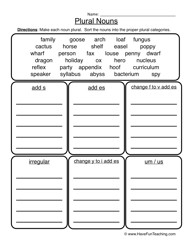



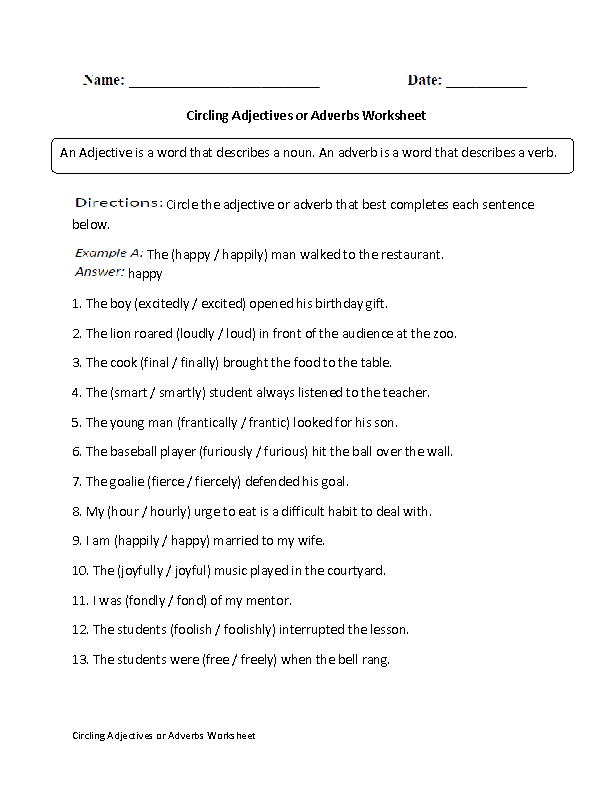
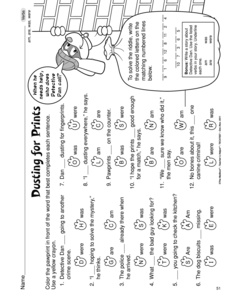
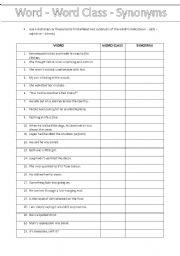
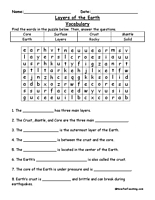
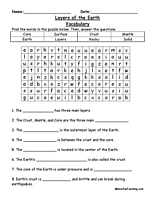
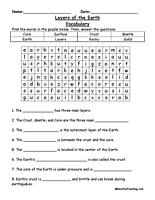
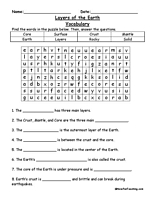
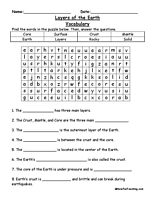
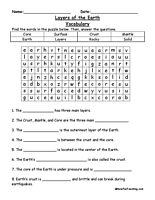
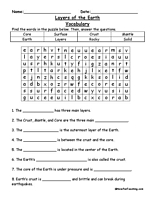
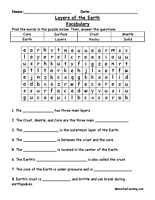
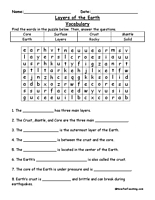
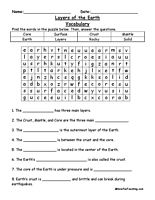
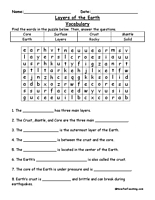








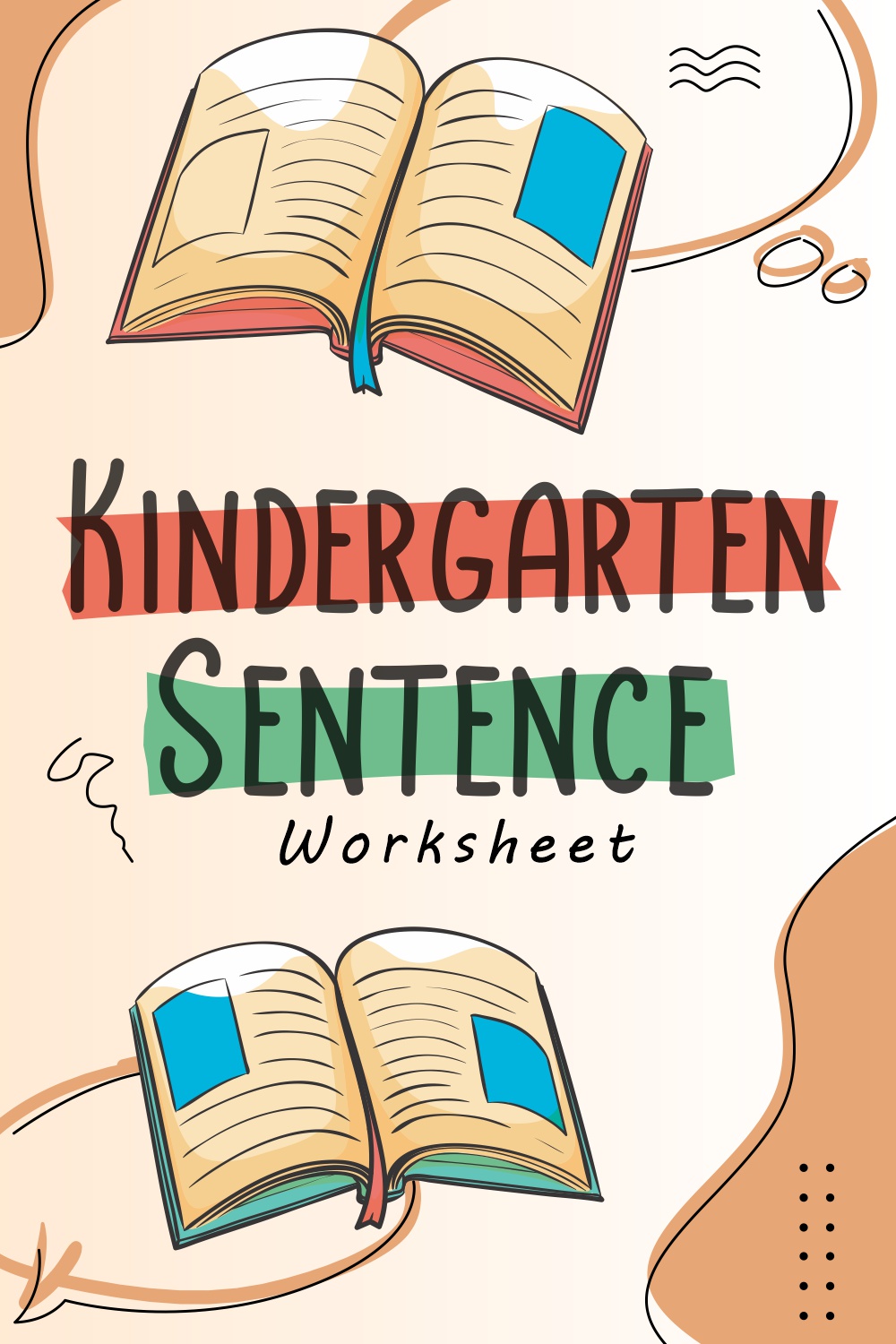
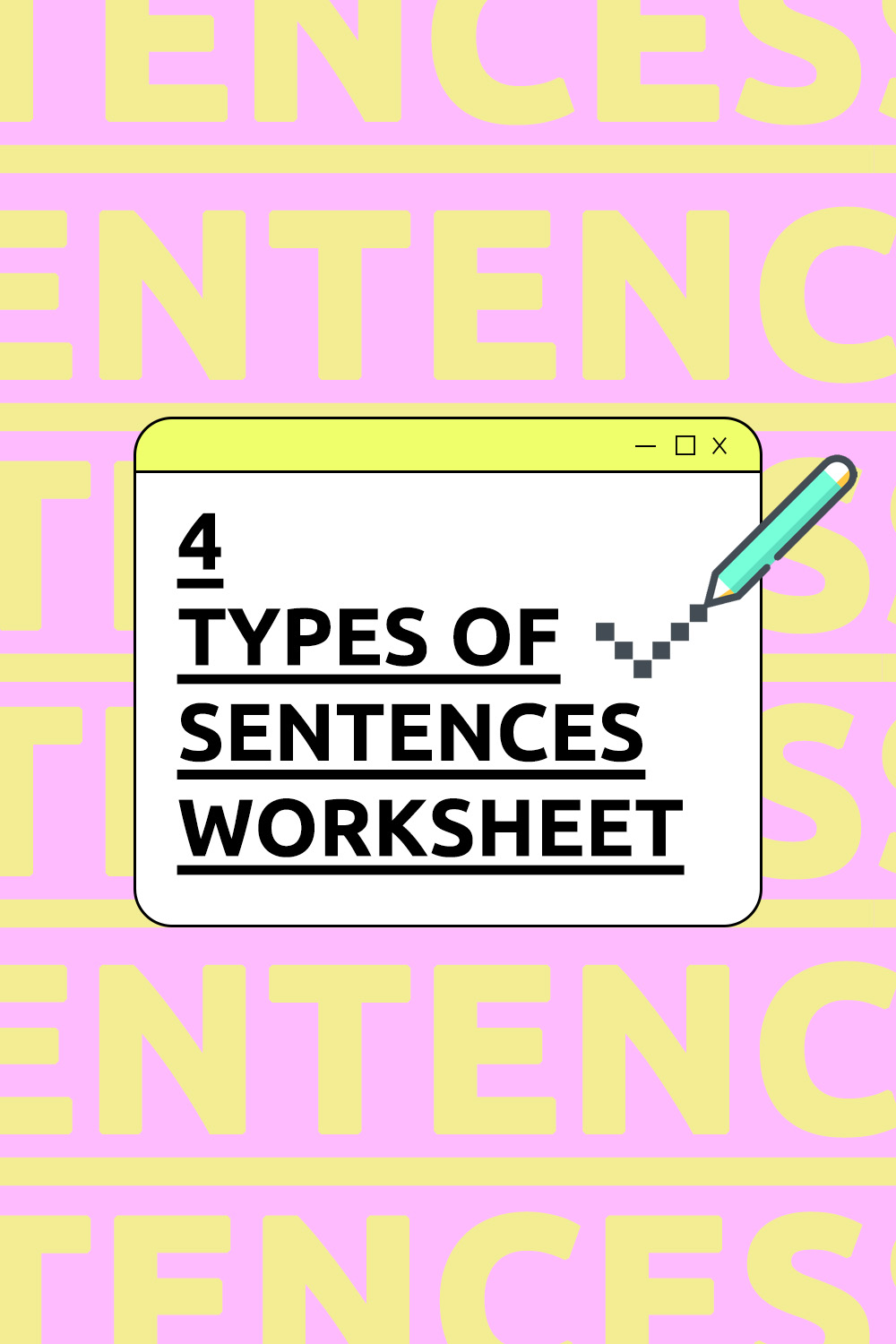
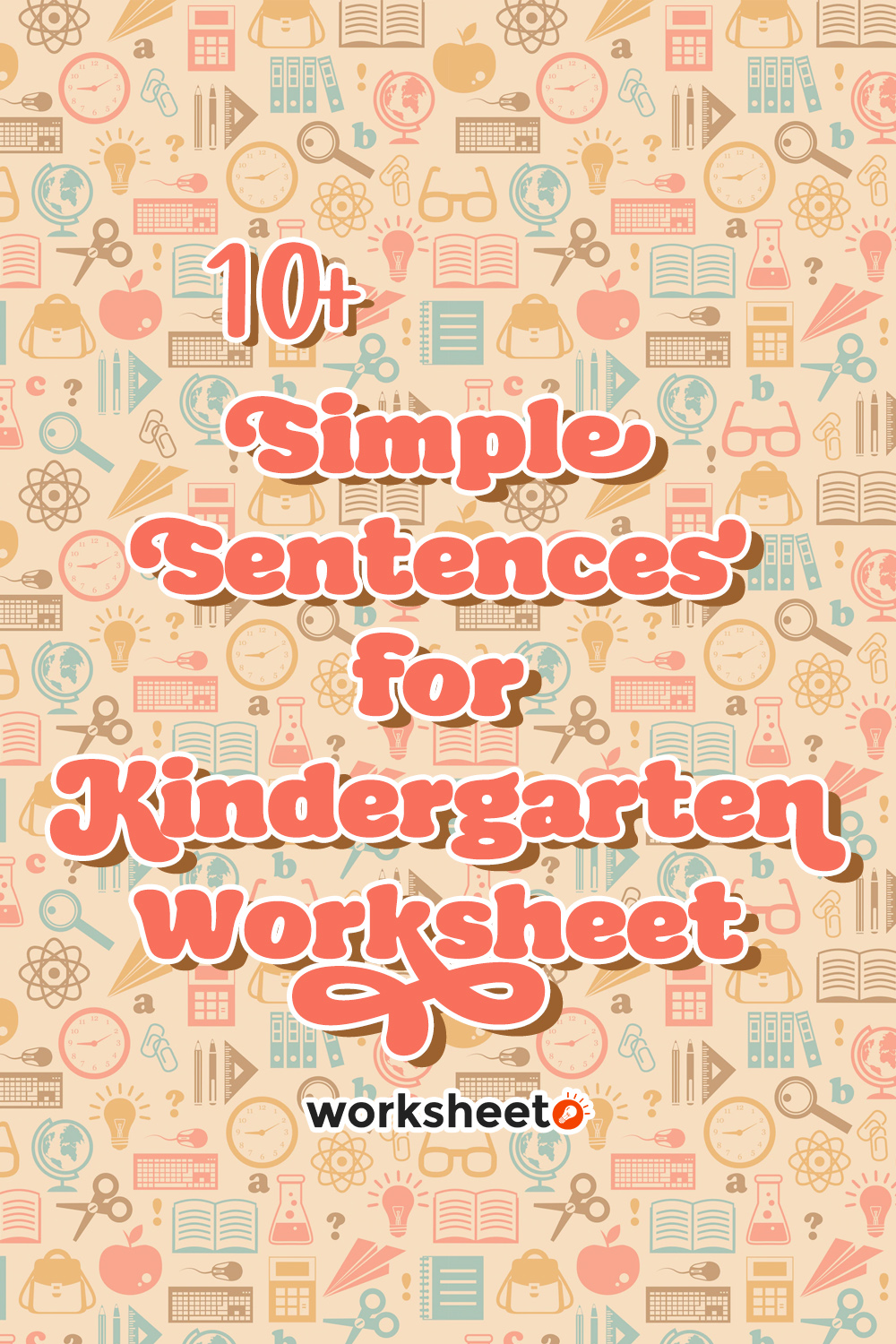
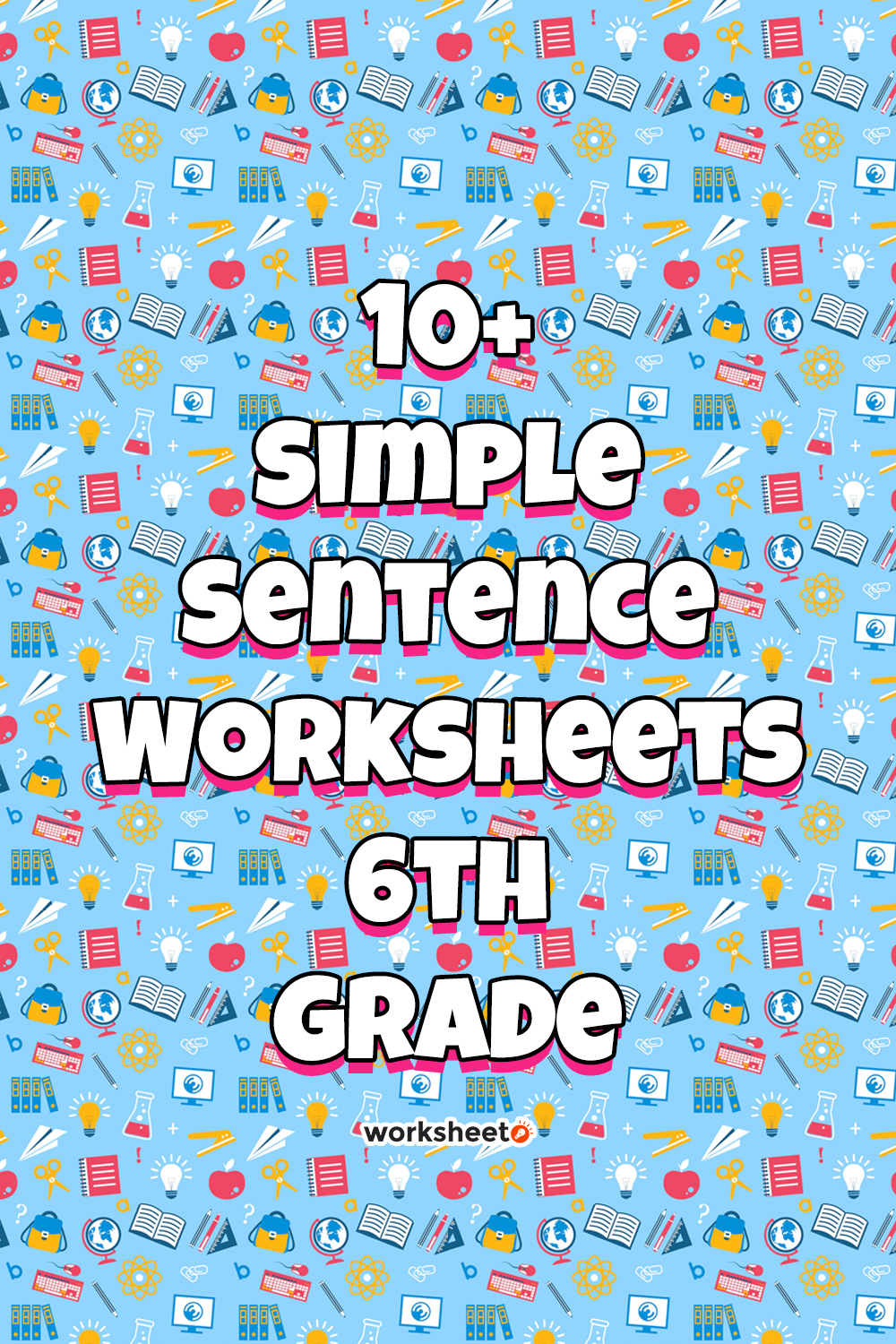
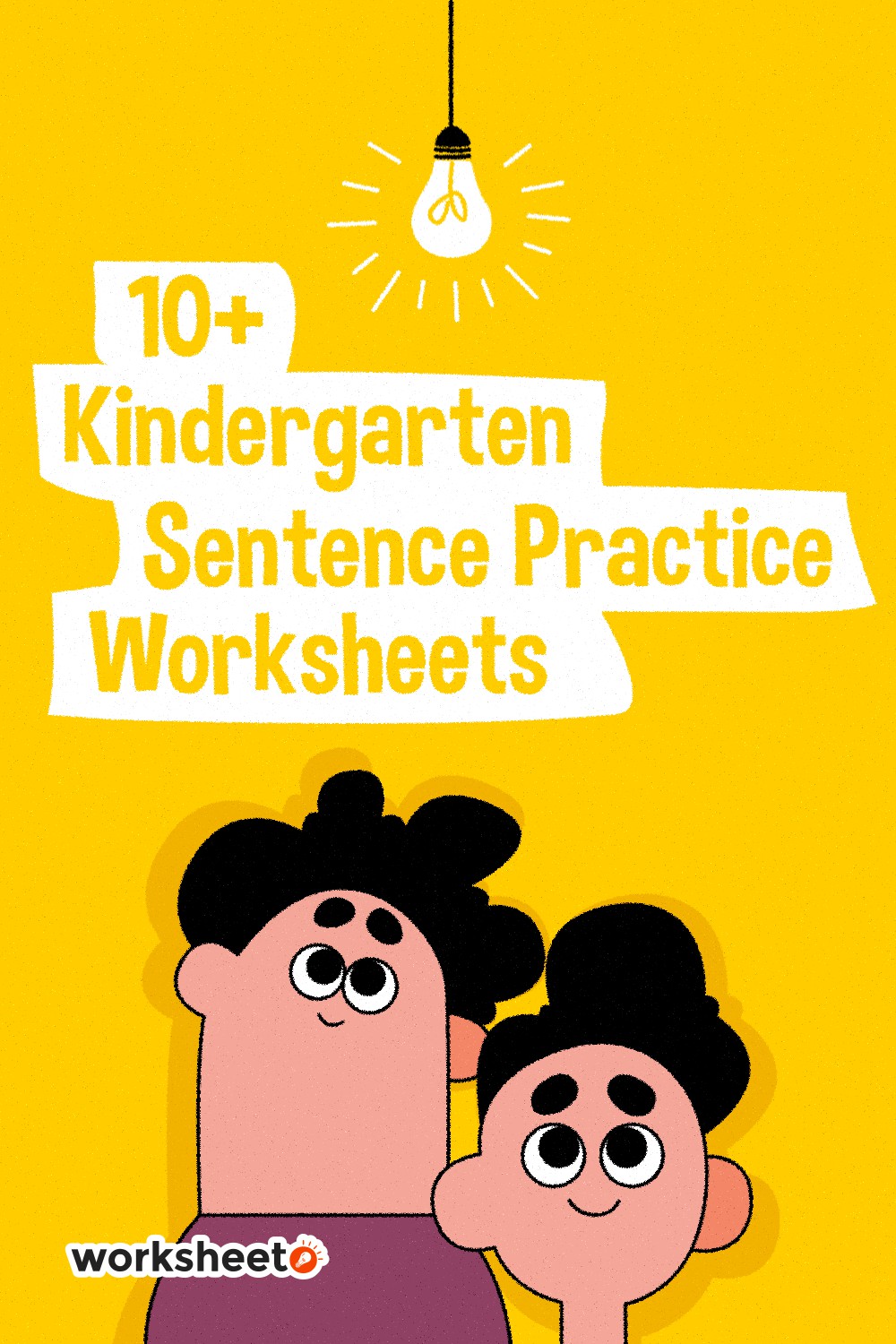
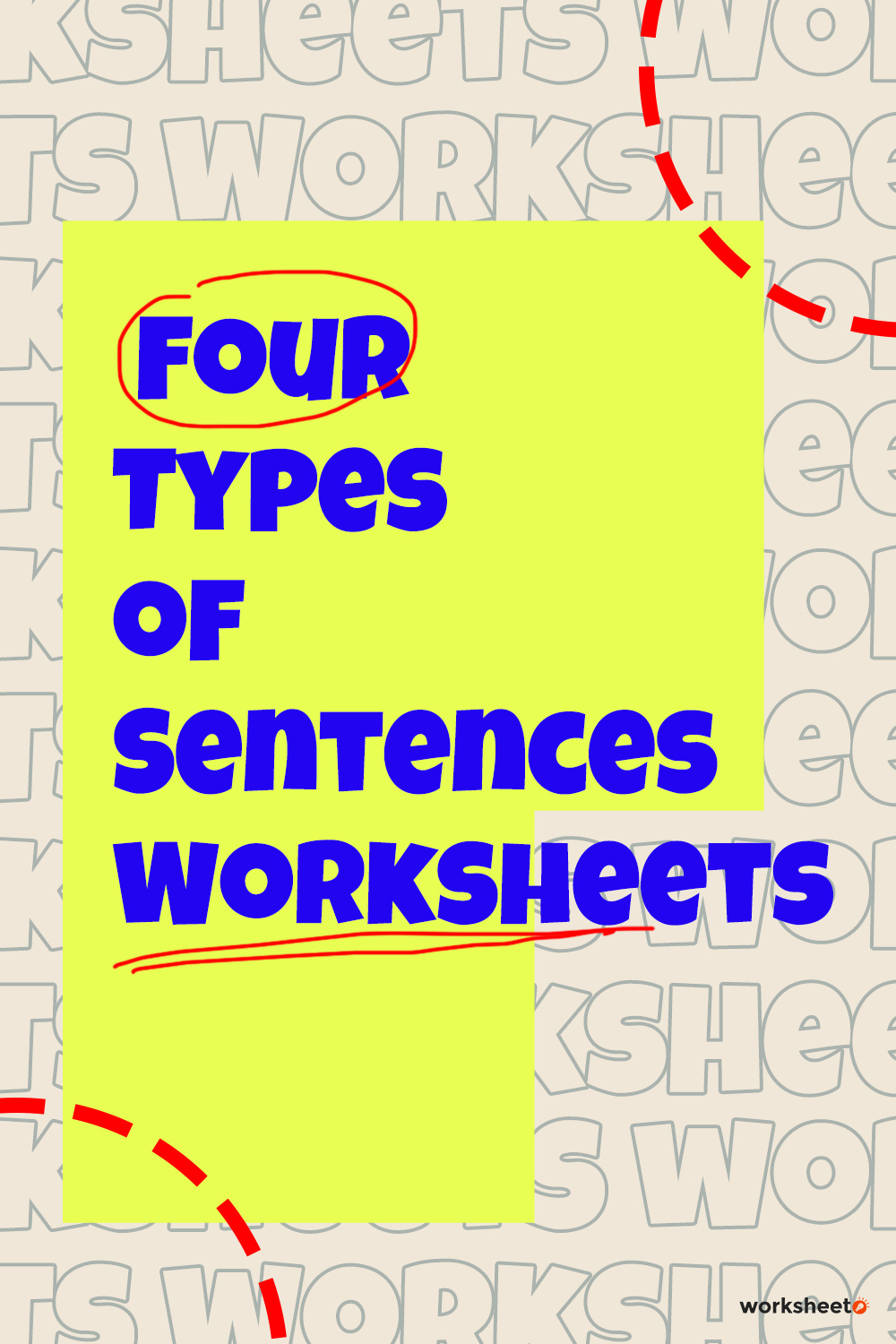
Comments